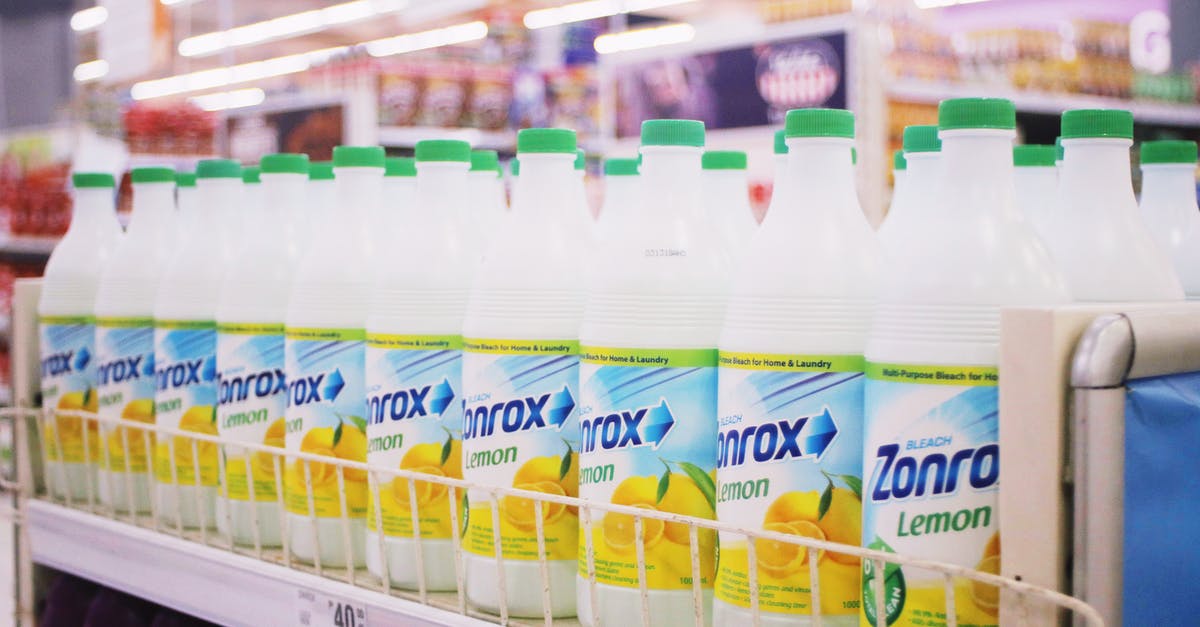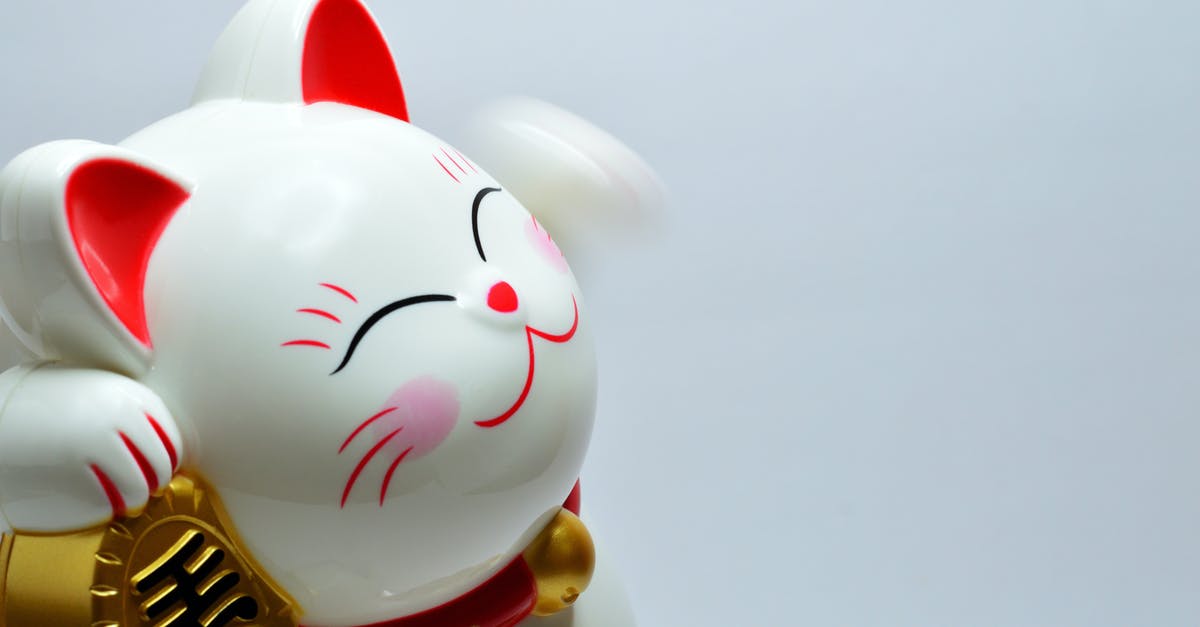How to choose good quality Chinese slicer knives?

Chinese slicer knives look like cleavers, but are very thin and meant to chop foods that are reasonably soft, e.g. not bone.
I've heard that Chan Chi Kee (CCK) is the best, but it's very difficult to compare since it is very difficult to find good Chinese knives to begin with, and then it's even more difficult to try them out at a store. In addition to CCK, I've also heard of Shuanghuan. Both of these brands are from Hong Kong. Can any professional cooks elaborate on their use and benefits? What are the advantages of each of these brands? Are there other good slicer knives I should consider?
Best Answer
Short answer: I've only heard good things about the CCK #1 small slicer, and would suggest that. If you're new to the style of knife, pick up a cheap carbon-steel Dexter Russell one for like $20-25 at your local Chinatown.
Long answer: Chinese slicer knives (more commonly called Chinese cleavers) are multipurpose knives, so they fill the same niche as French-style chef knives. They're common options for cheap restaurant knives, and I've seen them used professionally. I now use a Dexter Chinese Cleaver as my primary knife at home.
The common features of Chinese cleavers are a squared-off, deep, often carbon steel blade, bamboo barrel-style handle, and pure awesomeness. Generally the blades are around 200mm long x 75-90mm deep, or about 8" x 3". As you note, the blades are not as heavy or thick as German-style cleavers, so they can't handle bone.
Although they get mentioned a lot for vegetable chopping, Chinese cleavers are remarkably flexible for both meat and vegetables. You can find videos of Chef Martin Yan deboning a chicken in under 30 seconds with a Chinese cleaver. The deep blade makes chopping thick objects simple, where the squared corner is remarkable for fine detail work. The spine of the knife can be used to tenderize meat or scrape cutting boards. The broad blade is perfect for transferring cut product to a pan. You can even use the handle for crushing spices!
The carbon steel blades can be love or hate for many people. Personally, I love how mine takes and holds an edge comparable to the most expensive stainless steels. The fly in the ointment is that they can rust right before your eyes if you cut lemons or acidic tomatoes. They should always be cleaned and dried PROMPTLY after use, to avoid rust. Between use, I oil mine lightly with vegetable oil, as an extra precaution. Between this and the water-intolerance of the bamboo handle, they do need some special care.
Although stainless-steel cleavers are becoming more common, I really think it defeats the point if you use one. They're supposed to be cheap and ugly, but workhorses. A good Chinese cleaver shouldn't set you back more than $50 in your local Chinatown or online... mine was about $25 and it does dang fine, though I will probably upgrade to a CCK #1 eventually.
Pictures about "How to choose good quality Chinese slicer knives?"



Are Chinese kitchen knives any good?
Dexter-Russell Traditional Chinese Chefs Knife The steel proves to be strong with a reliable and sharp cutting edge, and the overall construction is robust. By far, the majority of reviewers find it to be a comfortable and efficient knife to work with.What determines the quality of a good knife?
SHARPNESS. Every knife is expected to be sharp right from the start. But only a good knife remains sharp. Prerequisites for a high edge retention capability are high-quality steel, consistently implemented heat treatment, and naturally precise workmanship to create the edge.Are Chinese chef knives good?
Unlike meat cleavers, the Chinese chef knife is traditionally higher in carbon, which makes it harder, but more brittle and more likely to rust. The high amount of carbon also makes the knife easier to sharpen.What makes a good Chinese cleaver?
A vegetable cleaver should be made of high-carbon stainless steel and should have a 6- to 8-inch blade. This blade should be thin and sharp with an edge between 15 and 20 degrees. Keep reading to learn more about the most important features to look for when choosing the best Chinese cleaver.Knife Knowledge/Knife basics: Chinese Cleaver vs. Everything... Every Knife!!!
More answers regarding how to choose good quality Chinese slicer knives?
Answer 2
This is only info on the CCK model noted below. Using the brand name since I have not used any other brand of Chinese slicer/cleaver.
I have been using CCK peking duck stainless handle slicer knives (KF210) in various lengths for 15 years mostly for vegetable/fruit prep.
They are cheap, thin, precise, lightweight, and last quite long between sharpenings.
All of mine came from a traditional Chinese kitchen supply shop in an infamous, Chinese, mega-mall in Markham/Toronto, ON, Canada (if you're in the area and need to know where to find one.) They all cost under $30CAD.
Because they are so thin (1.7 mm at the thickest point) they don't wedge apart whatever you're cutting which sometimes causes the item to shred. Carrots, for example, when sliced and diced with a CCK have super clean edges allowing them to be sliced and diced super thin. If you were to cut the same carrot with a french chef's knife it would shred because the knife becomes much thicker at the spine forcing the vegetable to split making it unattractive. Think of a woodcutting axe in which the blade is purposely made wider at the spine to wedge and split the wood apart.
The straight cutting edge is great for producing close to perfect batons, matchsticks, juliennes, dices, etc. Square knife blade = square edge on finished product. The square shape is advantageous for crushing garlic and spices with all that even area to bang your hand down on. The large rectangle blade provides a great surface to pick your prepped veggies off the cutting board with. The spine can also be used for peeling ginger, perfect for removing only the skin and none of the flesh.
My two current KF210's; the 18 cm weighs 132 g and the 20.5 cm weighs 153g. Comparatively light multipurpose knives that I find that my hand chooses most often because they cause the least fatigue when prepping many veggies.
As for the sharpness, I find that it stays in the top 10% of sharpness for a couple of days but then plateaus at between the 75%-90% sharpness for almost a month with regular honing. I run them on my Japanese whetstones about once a week if I'm keeping on top of things. I've been told that my Chinese slicers are "scary sharp" by the average joe but they haven't even experienced the scary sharpness of my Japanese sushi knife...
That being said, Chinese slicers are top-notch when it comes to affordable, everyday, multipurpose, workhorse kitchen knives although any other knife with similar characteristics will most definitely give you similar results.
Answer 3
There are also japanese makers (let's mention Sugimoto as an example) that have a great reputation for their chinese-style cleavers; these will tend to be more expensive but will give you a combination of chinese style with japanese steel technology.
Sources: Stack Exchange - This article follows the attribution requirements of Stack Exchange and is licensed under CC BY-SA 3.0.
Images: Nothing Ahead, Miguel Á. Padriñán, Karolina Grabowska, Anete Lusina
